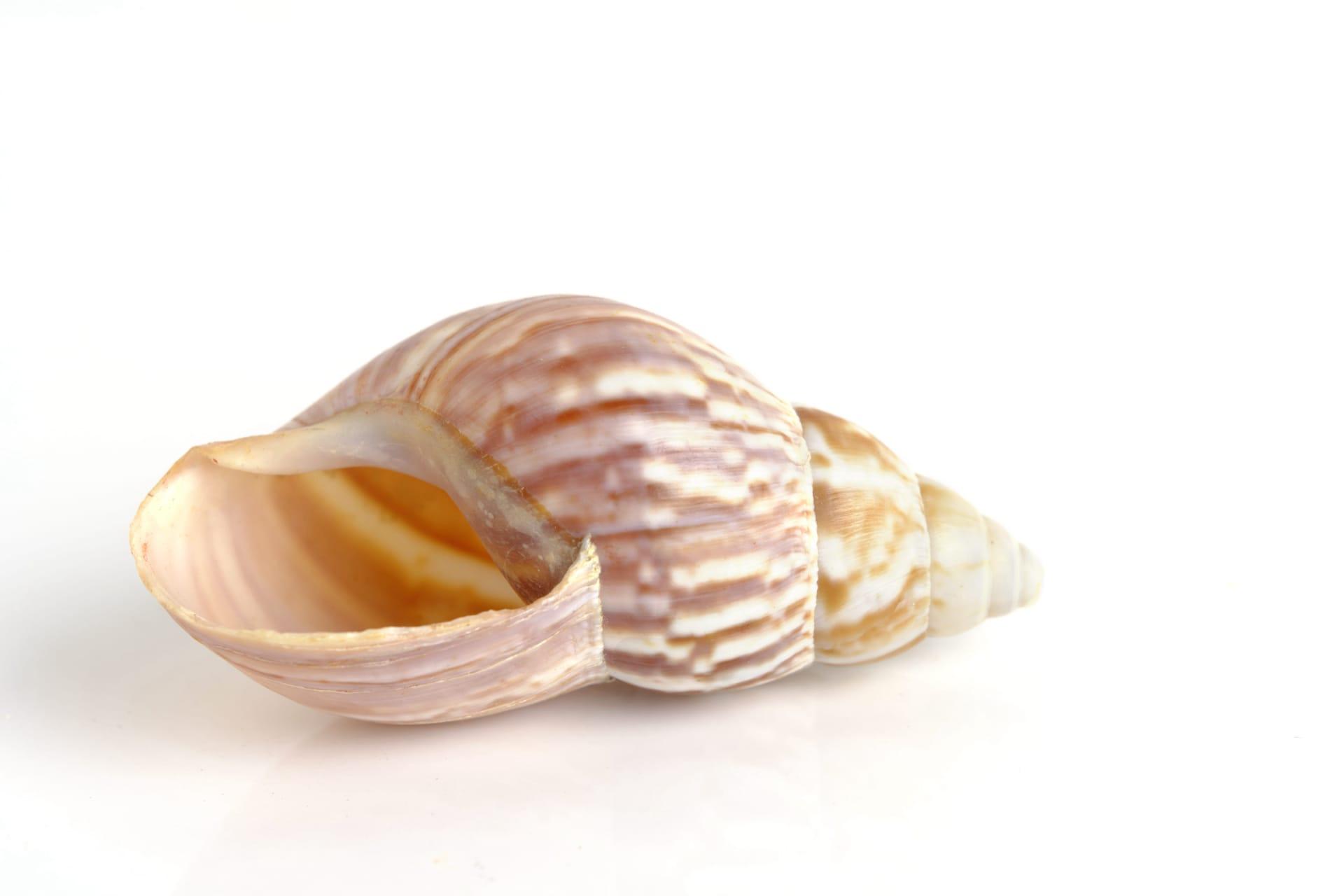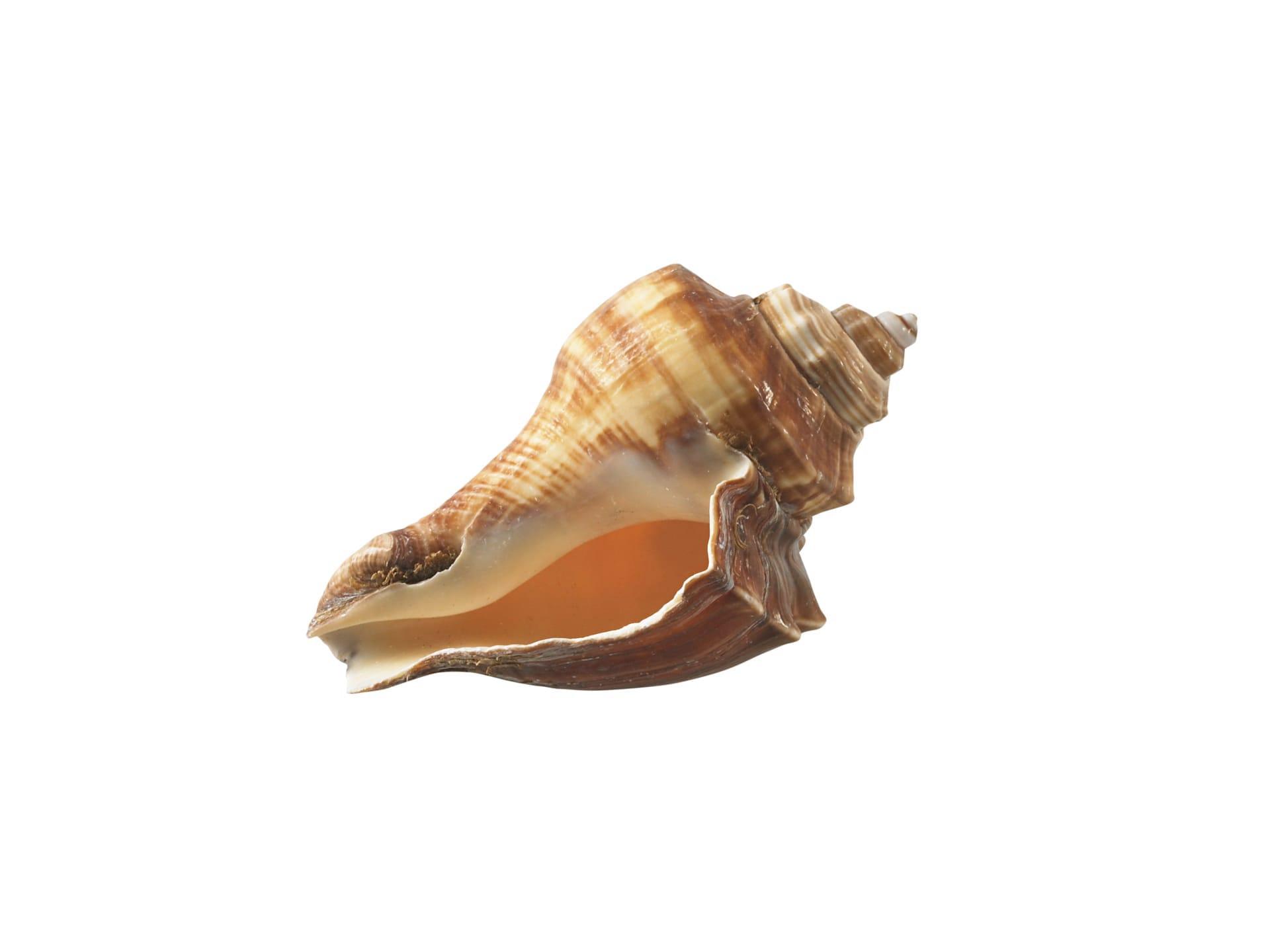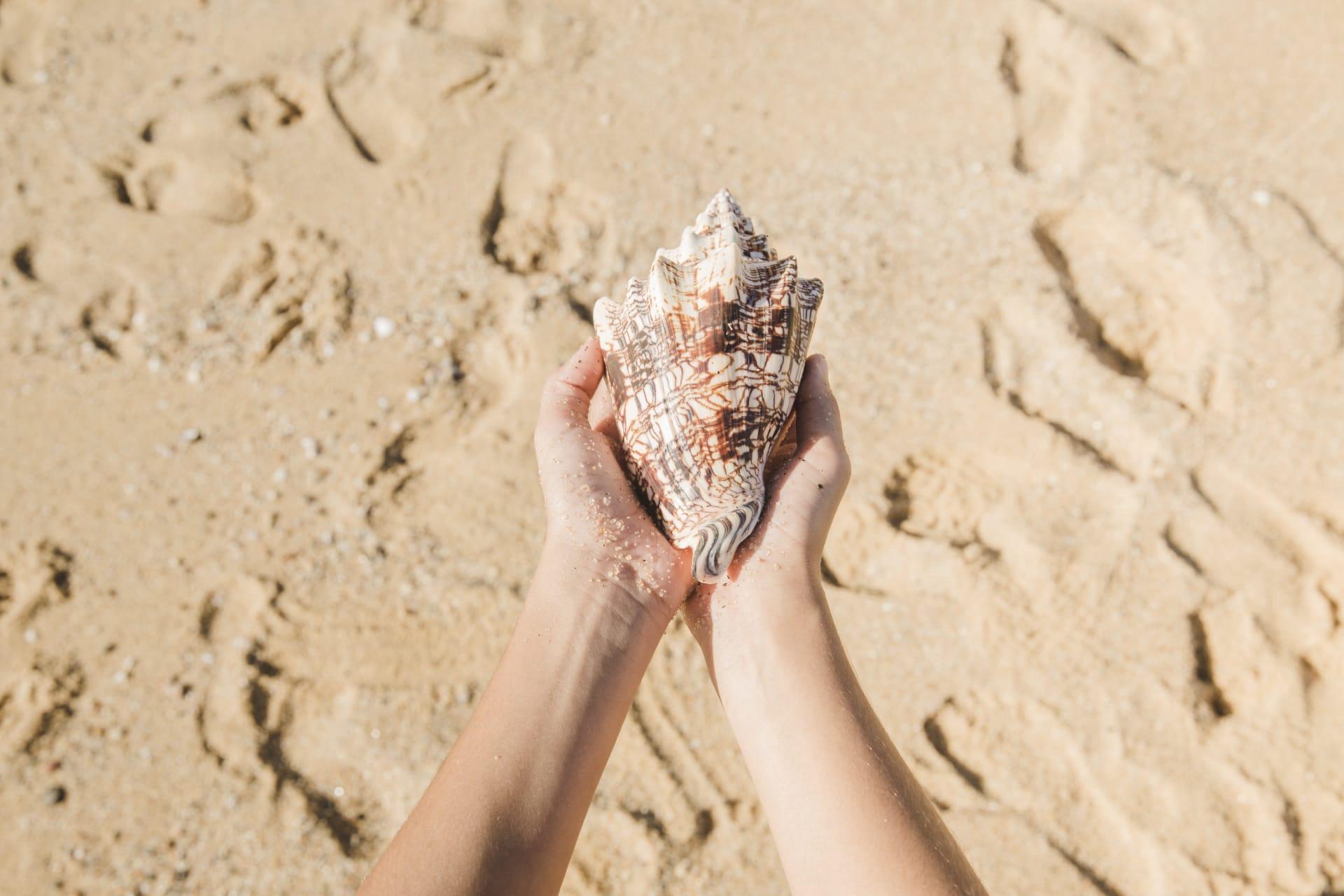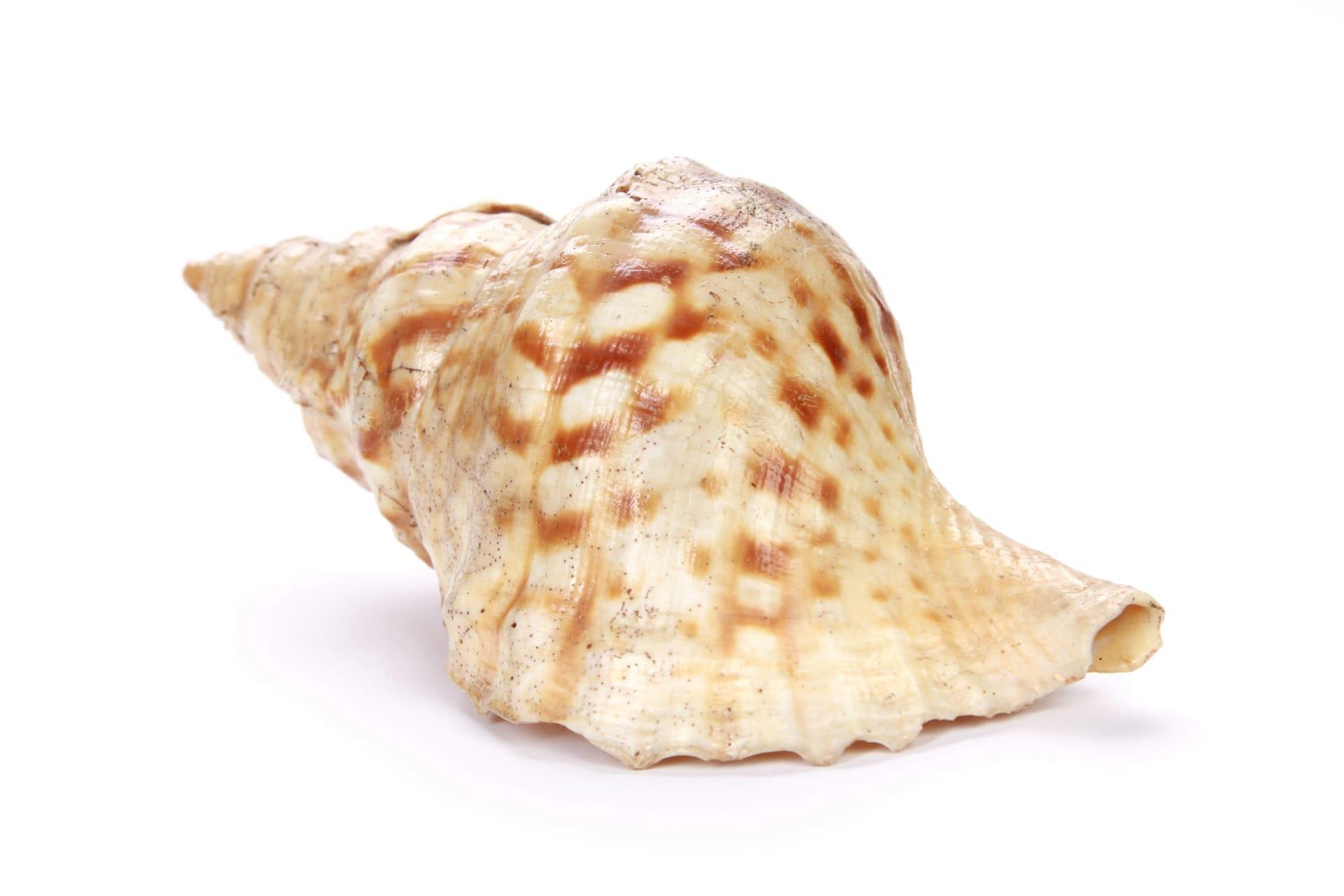Conch
- Home /
- Mini Encyclopedia /
- Animal /
- Conch
1
Conch, a term often used to describe a variety of medium to large-sized sea snails or shells, primarily belongs to the family Strombidae. These gastropods are known for their distinctive spiral-shaped shells, which are often adorned with spines or flutes. The queen conch, Lobatus gigas, is one of the most recognized species within this group, famous for its large, robust shell that can grow up to 12 inches in length and is characterized by its pink or orange interior. Other notable species include the pink conch, Strombus gigas, and the milk conch, Strombus costatus, each distinguished by unique shell patterns and colors.
Conchs are predominantly found in the warm waters of the Caribbean Sea, the Gulf of Mexico, and the West Atlantic Ocean. They inhabit sandy or muddy ocean floors, seagrass beds, and coral reefs, thriving in depths ranging from shallow waters to about 100 feet. The distribution of conchs is closely tied to their habitat preferences, with the queen conch favoring sandy plains near coral reefs for its abundance of food sources and protection. The wide distribution of these sea snails plays a crucial role in their ecological significance, contributing to the biodiversity of tropical marine environments.

2
One common misconception about conchs is that all large sea snails with spiral shells can be classified as conchs. This oversimplification leads to confusion, especially when distinguishing between true conchs of the Strombidae family and other similar-looking species.
True conchs are specifically members of the Strombidae family, characterized by their distinct shell shape, the presence of a notable siphonal canal, and their unique method of locomotion, which involves using their muscular foot to leap forward. This differentiates them from other spiral-shelled sea snails, which may not possess these features. The distinction is significant not only for taxonomic accuracy but also for conservation efforts, as some conch species are threatened by overfishing and habitat loss.

3
Conchs have developed several survival strategies to thrive in their marine environments. One key adaptation is their hard, spiral shell, which provides protection from predators and rough ocean conditions. The shell's structure, with its spines and fluted edges, can deter predators while also aiding in camouflage among the seafloor's textures.
Another survival tactic is their diet and feeding behavior. Conchs are primarily herbivores, grazing on algae and detritus found on the ocean floor. This diet allows them to exploit a wide range of resources, reducing competition for food. Additionally, conchs have a specialized radula, a tooth-like structure, which they use to scrape food off surfaces, demonstrating their adaptation to the benthic lifestyle.

4
In their ecosystems, conchs play a pivotal role in maintaining the health and balance of marine habitats. As grazers, they help control the growth of algae and seagrass beds, preventing overgrowth that can smother coral reefs and disrupt the habitat of other marine species. This grazing also facilitates nutrient recycling, contributing to the overall productivity of the marine environment.
Conchs also serve as a vital food source for a variety of predators, including humans, marine mammals, and large fish species. This positions them as an integral link in the marine food chain, influencing the population dynamics of their predators and prey alike. Moreover, their shells provide habitats for epibionts and other small marine organisms, further enriching the biodiversity of their surroundings.

5
Film: "Conch Quest" is a documentary produced in the Bahamas in 2019. It explores the intricate world of conchs in the Caribbean Sea, focusing on their ecological significance, the threats they face from overfishing and habitat destruction, and the conservation efforts aimed at protecting these vital marine creatures. The film offers breathtaking underwater footage, providing a close-up view of the conch's life cycle and its role in the marine ecosystem.
Book: "The Secret Life of Conchs" by Dr. Marina Wells, published in the United States in 2015, delves into the fascinating biology and ecology of conch species. Dr. Wells, a marine biologist, combines her extensive research with captivating narrative to bring the world of conchs to life, highlighting their importance in tropical marine ecosystems and the urgent need for their conservation.
Book: "Conchs: Titans of the Coral Sea" by Peter Clarkson, released in Australia in 2018, is an in-depth exploration of the various conch species inhabiting the Great Barrier Reef and their critical role in the reef's health. Clarkson, an underwater photographer and marine conservationist, uses stunning imagery and insightful commentary to showcase the beauty and ecological significance of conchs, making a compelling case for their protection.